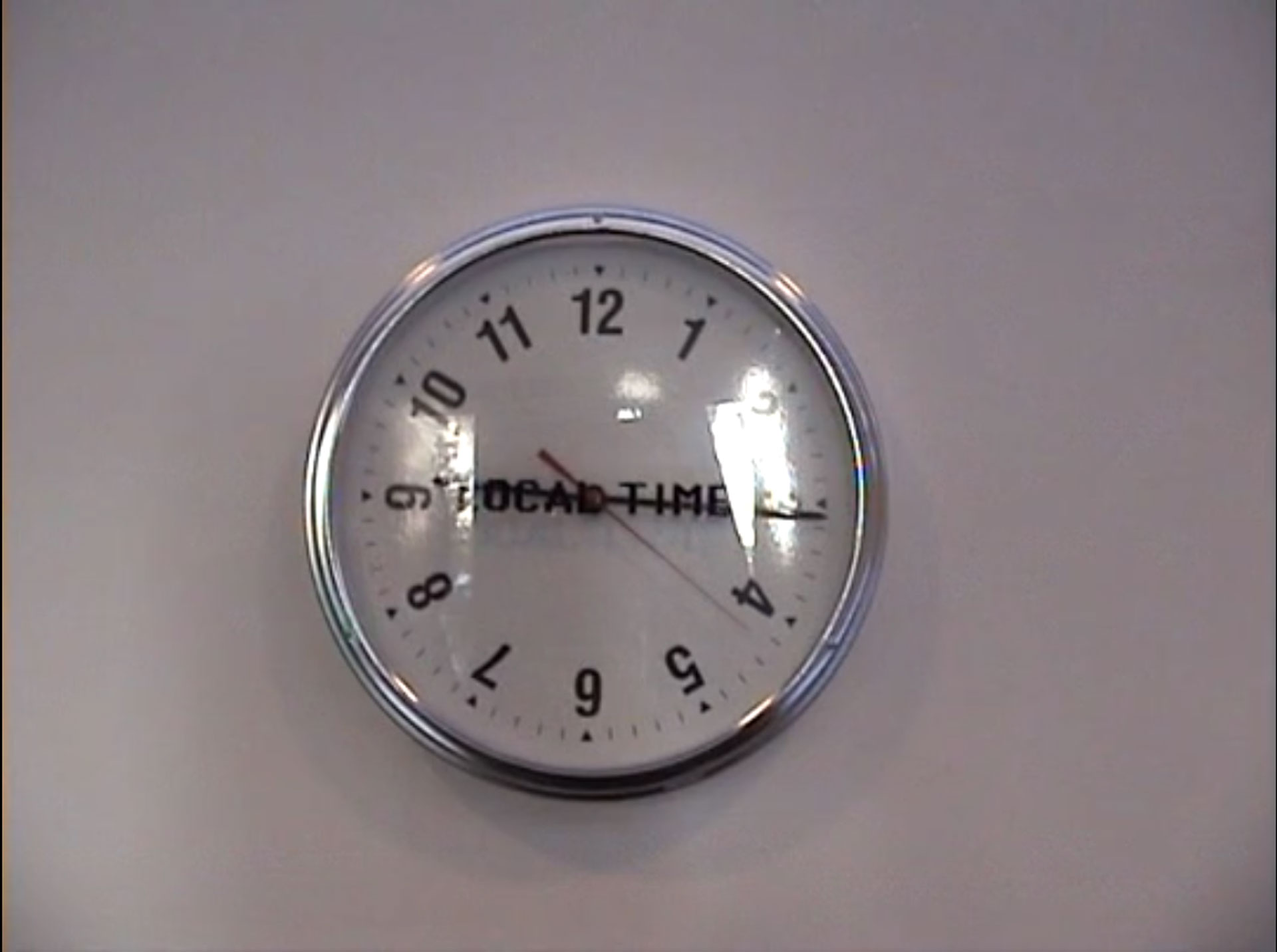Grounded
Vincent Lamouroux

View of the exhibition Grounded, Centre d’art contemporain d’Ivry – le Crédac, 2005. © Photo : André Morin / le Crédac

View of the exhibition Grounded, Centre d’art contemporain d’Ivry – le Crédac, 2005. © Photo : André Morin / le Crédac

View of the exhibition Grounded, Centre d’art contemporain d’Ivry – le Crédac, 2005. © Photo : André Morin / le Crédac

View of the exhibition Grounded, Centre d’art contemporain d’Ivry – le Crédac, 2005. © Photo : André Morin / le Crédac




Vincent Lamouroux’s installation in the large room of le Crédac, entitled Grounded, is a space for experimentation, both physical and imaginary, nourished substantially by formal references both to the avant-gardes and science-fiction film.
Through a large-scale in situ construction, Vincent Lamouroux offers a response that springs fram his own perception of the architectural environ ment he has been invited to confront. Grounded is a quasi-underground installation, thought out for a blind space with unusual proportions whose origins lie in the utopia of the architect, Jean Renaudie, like the group of buildings to which it belongs. Seen from above, these buildings that house le Crédac offer a series of small terraces spreading out like rays - small islands of greenery between heaven and earth - whose triangular nooks and crannies multiply the perspectives on the town. By raising part of the visible surface halfway, Grounded relieves the sculpture of the function of a potential floor, evidently impracticable since it is open, suspended and floating. The structure might also be seen as a levelled fragment of the Garden of Eden by Buckminster Fuller (the inventor of geodesic domes in the seventies) reinterpreted by the artist, not within a landscape, but in a completely enclosed environment, initially intended as a cinema.
Thus, regardless of whether the viewer is aware of the original function of le Crédac’s exhibition spaces, he is invited to tour the architecture that Grounded reveals in a different light. The triangulation of raw elements gathered in one space (a suspended grid, a circle of light, a dark monochrome mural, an allusion to an eclipsed panoramic projection) transforms the cinema “box”- as Smithson describes it and that Jean-Pierre Criqui finds similar to “… a sort of motionless vessel where the human race comes to Jose itself in the contemplation of a world of substitution”1- into a visual “box”, thus establishing the conditions for interplay between interior and exterior that echo one another so as to afford greater resonance to the exhibition volume. As the visitor apprehends this blind space with a sloping floor, the perception of which has itself been subtly modified by the floor-wall-ceiling construction, he discovers within the structured and unsteady universe in which he is plunged, the potential decor of a film production about which he knows nothing but at the centre of which he inevitably becomes one of the main protagonists.
Through ifs minimal scale and ifs reference to the world of cinema, where the capacity to provoke the viewer’s mental displacement is due in part to the perfection of the scenery (particularly in futuristic films), Grounded expresses the artist’s intention to give substance to what he himself describes as “retro-future”: a contemporary formulation of utopian projections, architectural and cinematographic, which aim to recreate an idea of the future as it might have been at a given moment in history, while at present this future is already past. And in this visualisation process, only the viewer is “grounded” (that’s to say, firmly rooted to the ground), the possibility of movement inherent in gravity allowing him to undulate as he pleases around a universe that visibly strives towards elevation.
Claire Le Restif
Video(s)
Film of the exhibition © Claire Le Restif / le Crédac
Artist biography
-
Born in 1974 in Saint-Germain-en-Laye, France.
He lives and works in Paris, France.


